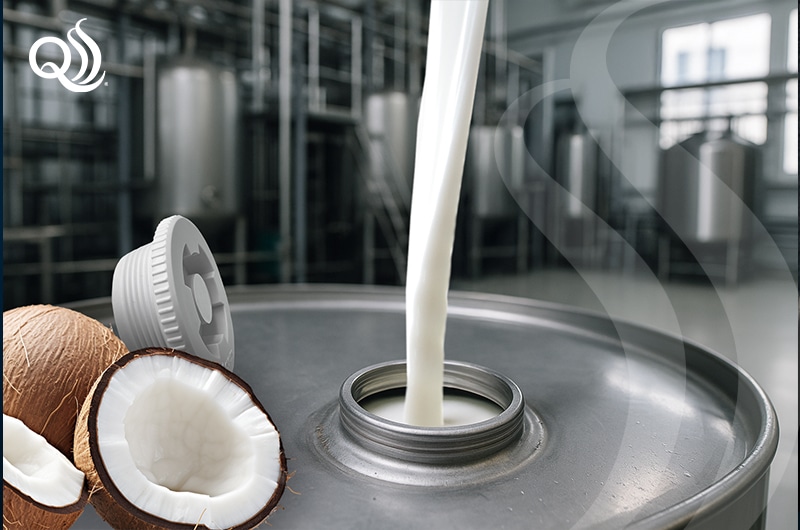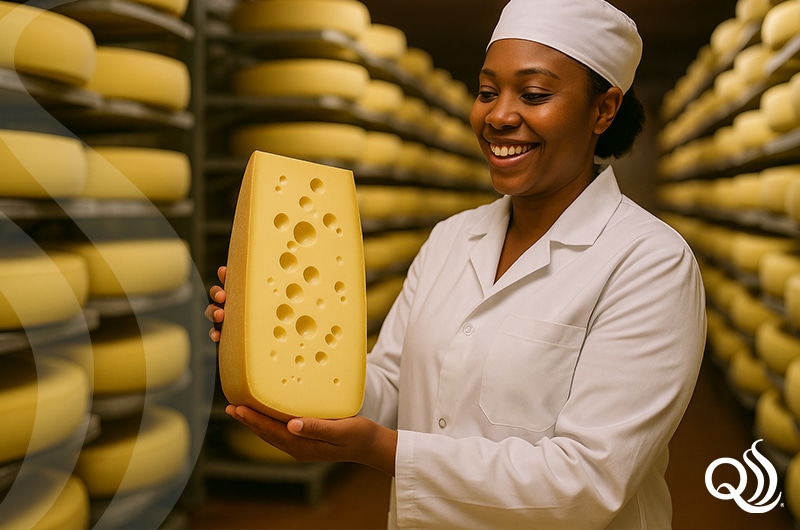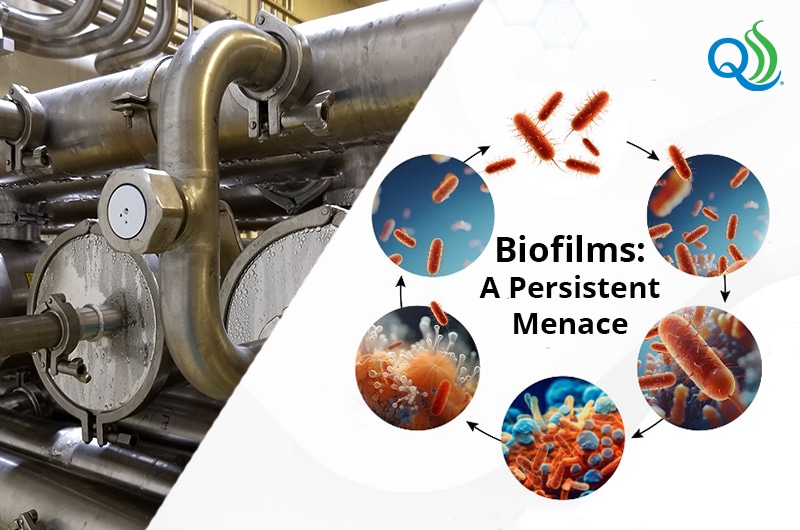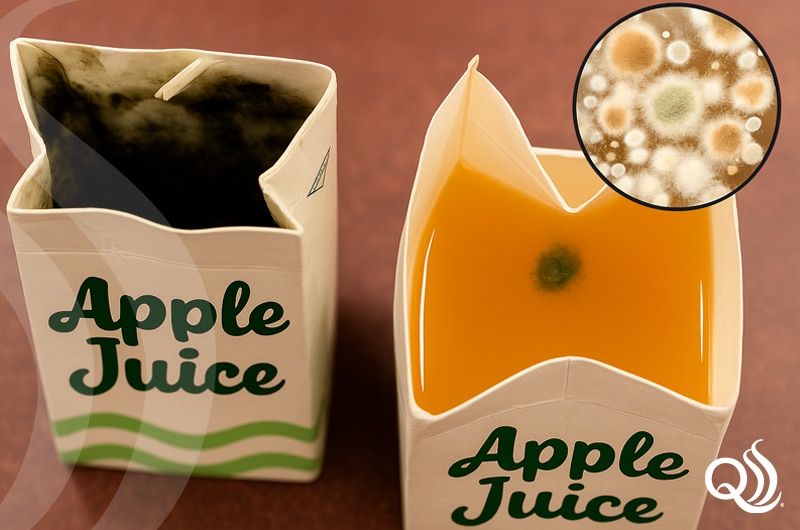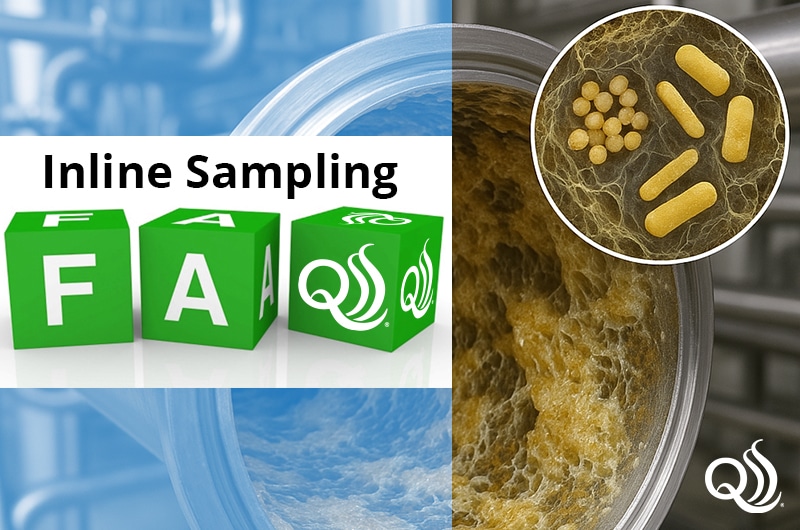Blog Posts About Liquid Sampling Written by Our Subject Matter Experts (SMEs)
The Challenges of Coconut Milk Spoilage: What Manufacturers Need to Know
Coconut milk spoilage poses an ongoing challenge for manufacturers, even as coconut-based products gain popularity worldwide. For centuries, coconuts, coconut water, and coconut milk have been wholesome protein rich staples in many tropical countries, and coconut oil has been used in culinary and personal care routines for about as long. The significant health benefits, including anti-carcinogenic, anti-microbial,…
Hitting the Mark! Inline Sampling for Water Quality Verification in Food Safety
Why Is Inline Sampling Important for Water Quality? Water is a critical component in the food and beverage industry—yet it also poses one of the most significant contamination risks. Whether used for washing, rinsing, or as a product ingredient, water can harbor pathogens like E. coli, Listeria, and Salmonella if not monitored properly. Effective water quality verification is essential to detect…
Eye on the Prize: Preventing Cheese Defects by Managing Gas Formation in Swiss and Emmental Cheeses
Cheese defects resulting from abnormal gas formation, whether excessive or insufficient, can compromise product integrity, shelf life, and consumer confidence. For example, eye development in Swiss and Emmental cheeses is both a visual hallmark and a sensory signature. The size, shape, and distribution of these eyes signal not only aesthetic success but microbial precision and process…
Whey Processing: How Biofilms Silently Sabotage Extended Runs
Whey processing during cheesemaking is a balance of biological precision, equipment design, and time-sensitive process control. While modern production facilities have mastered the major threats to quality and efficiency, even in the most advanced plants, one subtle but insidious threat continues to compromise extended production runs: biofilms in the whey processing line. These resilient microbial…
Mold Contamination in Juice Processing: Hidden Risks, Heat Resistance, and the Role of Aseptic Sampling
In juice processing, microbial contamination remains a leading cause of product spoilage and shelf life failure. Much of the scientific attention in juice quality has centered on Alicyclobacillus (ACB), a heat-resistant, acidophilic bacterium that produces off-odors reminiscent of medicinal or smoky taint. ACB is a legitimate concern, especially for shelf-stable juices subjected to pasteurization, but it is…
Inline Sampling for Detection of Microbial Contamination: Frequently Asked Questions
Detection of microbial contamination is essential to ensuring liquid food and beverage safety—and protecting your brand. Inline sampling provides a reliable, real-time method to identify contamination risks early and maintain control over your process. I recently joined QualiTru as Director of Business Development because I’m passionate about working with companies that make a real impact….

